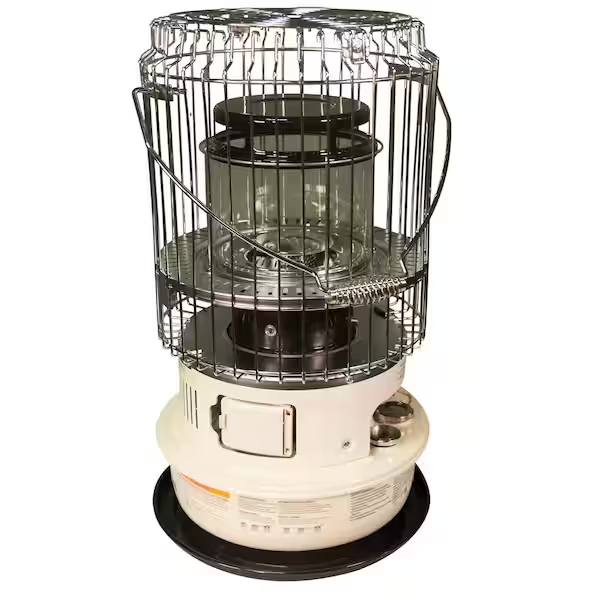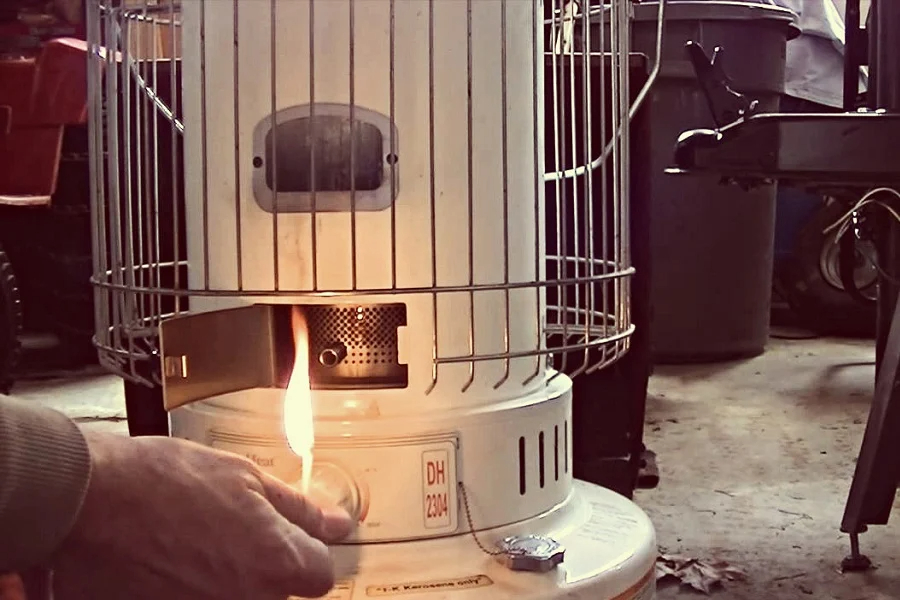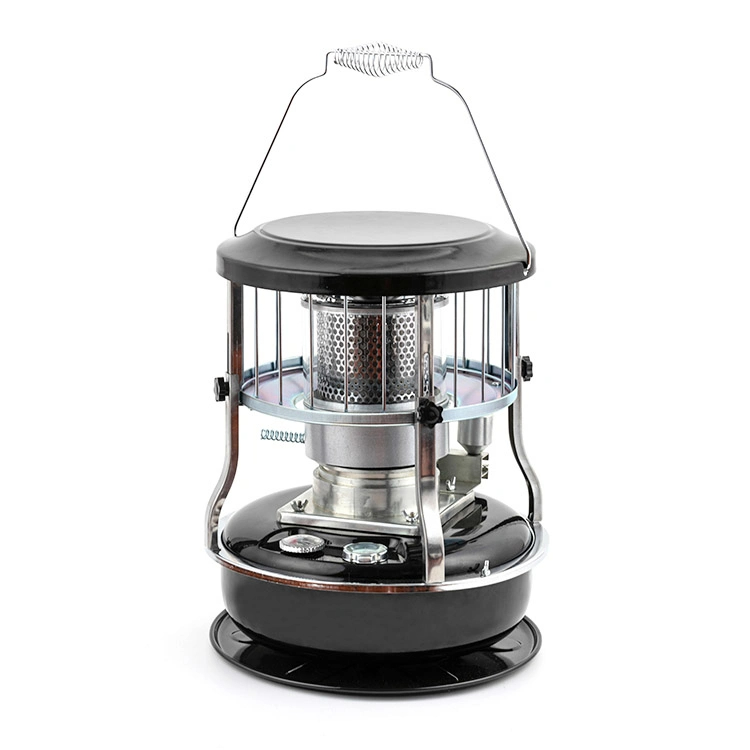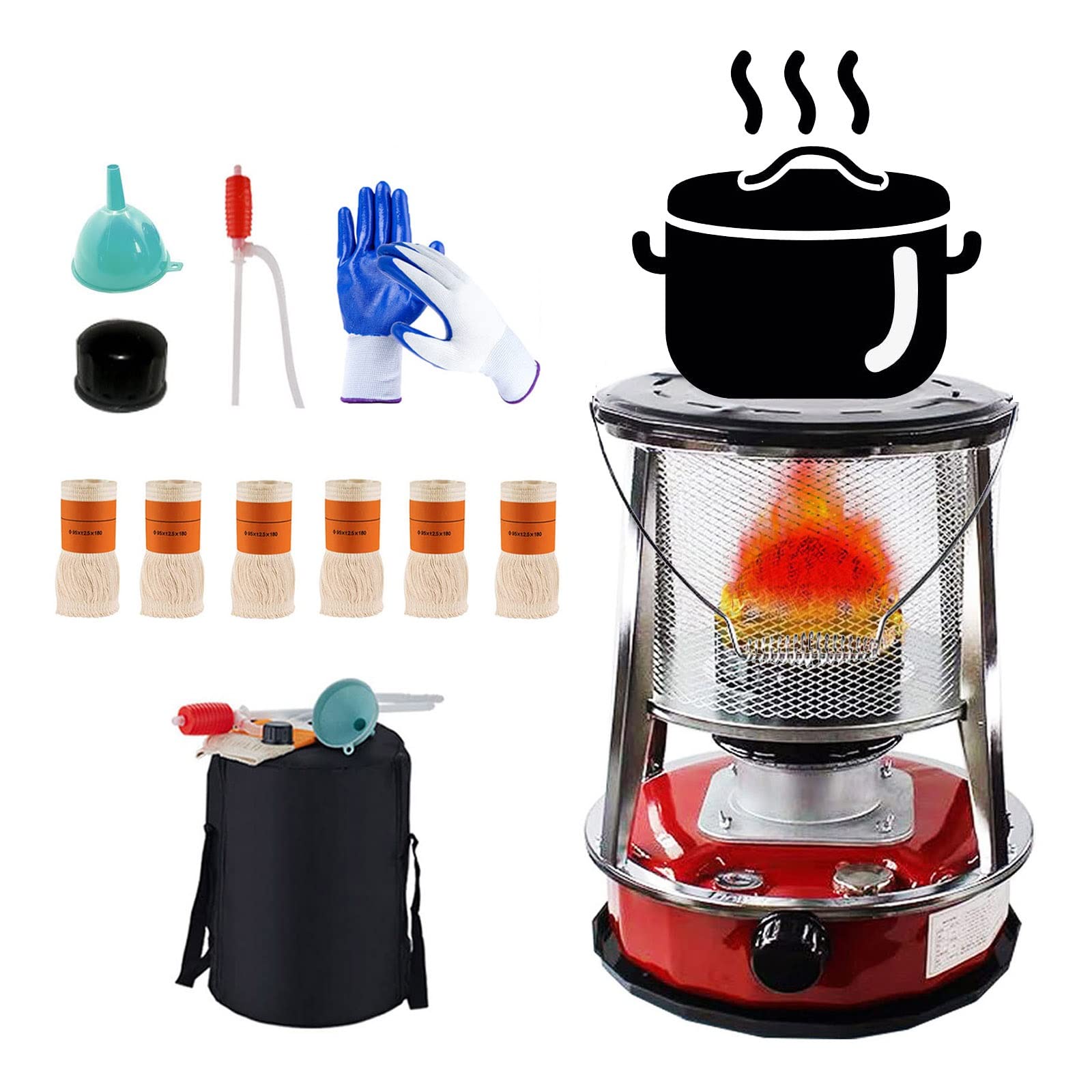For those seeking a reliable source of heat during the winter months or in areas without electricity, kerosene heaters are a practical solution. These heaters can efficiently warm up a space, making them ideal for indoor use when properly operated. Safety, however, should not take a backseat to comfort. This article will explore the top-rated indoor-safe kerosene heaters, their safety features, how to use them responsibly, and maintenance practices to ensure they remain safe to operate and efficient over time.
Kerosene Heater Safety Features
Automatic Shut-off Mechanisms
The most important safety feature to look for in a kerosene heater is an automatic shut-off mechanism. This feature ensures the heater turns off automatically if it is knocked over, preventing potential fires. All top-rated indoor-safe kerosene heaters come equipped with this essential safety component.
Built-in Carbon Monoxide Detectors
Another critical safety feature for indoor kerosene heaters is a built-in carbon monoxide detector. Since kerosene heaters burn fuel to produce heat, there’s always a risk of carbon monoxide build-up. A detector will alert you if levels become unsafe, allowing you to take immediate action to ventilate the area and turn off the heater.

Operating Your Kerosene Heater Safely
Proper Ventilation is Key
To prevent the build-up of harmful fumes, including carbon monoxide, it’s essential to ensure adequate ventilation when using a kerosene heater indoors. Always follow the manufacturer’s instructions regarding ventilation requirements, and consider cracking open a window or door to allow fresh air to circulate in the room where the heater is in use.
Using the Correct Fuel
For the safe operation of your kerosene heater, it’s vital to use only 1-K grade kerosene, which is the most refined and suitable for indoor heating appliances. Using the wrong type of fuel can result in higher emissions of harmful gases and could damage your heater. Always store kerosene in a container designed for this purpose and clearly labeled to avoid any confusion with other liquids.

Maximizing Heat, Minimizing Costs
Choosing the Right Size Heater
To ensure both safety and efficiency, select a kerosene heater that’s appropriately sized for the space you wish to heat. A heater that’s too large for a room may consume more fuel than necessary and create an uncomfortably warm environment, while a too-small heater will struggle to maintain a comfortable temperature, leading to wasted fuel. Check the BTU (British Thermal Unit) rating to match the heater with your room’s size.
Regular Cleaning and Upkeep
Maintaining your kerosene heater is essential for efficient operation. Regular cleaning of the wick and burner unit, as per the manufacturer’s instructions, will ensure that your heater burns fuel cleanly and efficiently. A well-maintained heater not only provides better heat output but also minimizes the risk of problems that could lead to safety concerns.

Safety and Efficiency Over Time
Wick Maintenance and Replacement
The wick of a kerosene heater absorbs the fuel and provides a surface for it to be burned. Over time, the wick can become clogged with soot and impurities, which can affect the heater’s performance and safety. Regularly check the wick’s condition, clean it as needed, and replace it according to the manufacturer’s schedule to ensure optimal efficiency and safety.
Seasonal Checks and Storage
Before the heating season begins, perform a thorough check of your kerosene heater for any signs of wear or damage. This includes inspecting the fuel tank, burner assembly, grates, and controls. Also, remember to properly clean and store your heater at the end of the season to keep it in good condition for the next year. Proper storage involves cleaning the unit, emptying any remaining kerosene, and placing the heater in a cool, dry place.

Understanding Kerosene Heater Ratings
Deciphering BTU Output for Adequate Warmth
When selecting a kerosene heater, understanding the British Thermal Unit (BTU) rating is crucial. This rating indicates the amount of heat necessary to raise the temperature of one pound of water by one degree Fahrenheit. A higher BTU rating means more heat output, which is essential for warming larger spaces. To ensure efficient heating, match the heater’s BTU output with the square footage of the area you want to warm. This alignment guarantees that you’re not overworking the unit or wasting fuel.
Evaluating User Reviews and Safety Certifications
Before making a purchase, consider the experiences of other users by reading reviews. User feedback can provide real-world insights into the heater’s performance and reliability. Additionally, check for safety certifications from recognized organizations such as Underwriters Laboratories (UL) or the American National Standards Institute (ANSI). These endorsements mean the heater has passed stringent safety tests, giving you extra confidence in your choice.

Tips for Safe Refueling and Fuel Storage
Refueling Safely to Prevent Accidents
Refueling a kerosene heater requires care to prevent spills and fumes. Always refuel your heater outside or in a well-ventilated area, and ensure that the heater is turned off and cool to the touch. Use a siphon pump or a specially designed container with a spout to minimize the risk of spilling. Never overfill the fuel tank, as kerosene can expand when the heater is in use, potentially causing leaks.
Proper Kerosene Storage Practices
Safe fuel storage is as important as safe heater operation. Store kerosene in containers approved for flammable liquids, and label them clearly to avoid any confusion. Keep the containers in a cool, dry place away from direct sunlight and out of the reach of children. Check local regulations regarding fuel storage to ensure compliance with safety standards.
Emergency Preparedness with Kerosene Heaters
Incorporating Heaters into Your Emergency Plan
Kerosene heaters can be a vital part of your emergency preparedness plan, particularly in areas prone to power outages during winter storms. If you’re relying on a kerosene heater as a backup heat source, familiarize yourself with its operation and safety features in advance. Keep an adequate supply of 1-K grade kerosene on hand, and ensure you have functional carbon monoxide detectors installed in your home.
Educating the Family on Heater Safety
In an emergency, every household member should know how to safely operate the kerosene heater. Conduct a safety briefing with your family, covering how to start the heater, adjust the settings, and refuel it if necessary. Outline clear safety protocols, such as keeping flammable materials away from the heater and ensuring proper ventilation. An informed family is better equipped to stay warm and safe when the unexpected happens.
In conclusion, staying cozy and safe during the cold is achievable with a top-rated kerosene heater that is designed for indoor use. Prioritizing models with safety features like automatic shut-off mechanisms and carbon monoxide detectors is crucial. Responsible use, including proper ventilation and the correct type of fuel, along with regular maintenance, will ensure your kerosene heater provides reliable warmth efficiently and safely. By following the best practices outlined above, you can enjoy the benefits of a kerosene heater with peace of mind, knowing that you’ve taken the necessary steps to protect your home and loved ones.


